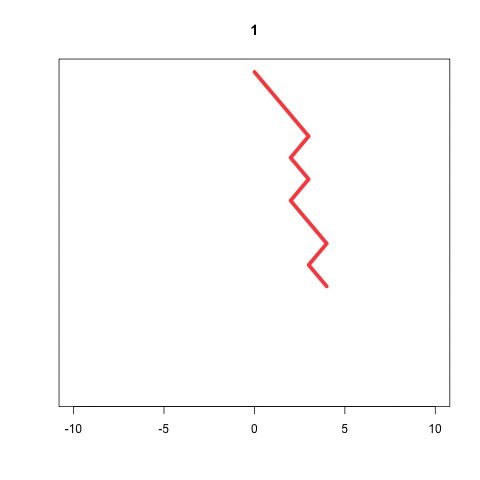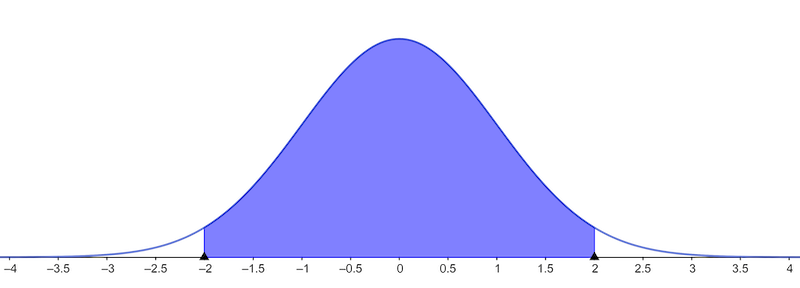Class 21: Central Limit Theorem
Computing for Molecular Biology 2
Andrés Aravena, PhD
28 May 2021
Francis Galton, his cousin and his machine
Francis Galton

English explorer, Inventor, Anthropologist
(1822–1911)
Francis Galton
- Cousin of Charles Darwin
He studied medicine and mathematics at Cambridge University.
He invented the phrase “nature versus nurture”
In his will, he donated funds for a professorship in genetics to University College London.
Galton Machine
Simulated Galton Machine

Simulating the Galton Machine
We take each ball independently
In every level, the ball bounces either left or right
We represent these options as -1 and 1
At the last level the position is the sum of all bounces
Simulating the Galton Machine
We will simulate each ball one by one
Here M is the number of “left-right” choices made by the ball
In other words, M is the number of levels
Simulating the Galton Machine
Larger M, larger variance
Bigger M gives wider results

How Variance Grows
Better use log-log scale
Mean and Variance
It is easy to see that the population mean is 0 for any M
The previous plot shows that the variance is M
Thus, standard deviation will be sqrt(M)
correcting variance for M=5
Notice that the
x is not an integer anymore
correcting variance for M=50
correcting variance for M=500
correcting variance for M=5000
When M is big, we get Normal distribution
The Normal distribution
This “bell-shaped” curve is found in many experiments, especially when they involve the sum of many small contributions
- Measurement errors
- Height of a population
- Scores on University Admission exams
It is called Gaussian distribution, or also Normal distribution
The Central Limit Theorem
“The sum of several independent random variables converges to a Normal distribution”
The sum should have many terms, they should be independent, and they should have a well defined variance
(In Biology sometimes the variables are not independent, so be careful)
Normal distribution
Here outcomes are real numbers
Any real number is possible
Probability of any \(x\) is zero (!)
We look for probabilities of intervals
Probabilities of Normal Distribution

≈95% of normal population is between \(-2\cdot\text{sd}(\mathbf x)\) and \(2\cdot\text{sd}(\mathbf x)\)
≈99% of normal population is between \(-3\cdot\text{sd}(\mathbf x)\) and \(3\cdot\text{sd}(\mathbf x)\)
Simulating the Normal distribution
Instead of simulating the Galton machine several times, we can simulate the Normal distribution using the R function
The parameter n is mandatory. It is the sample size
You can also change the mean and the standard deviation of the simulation